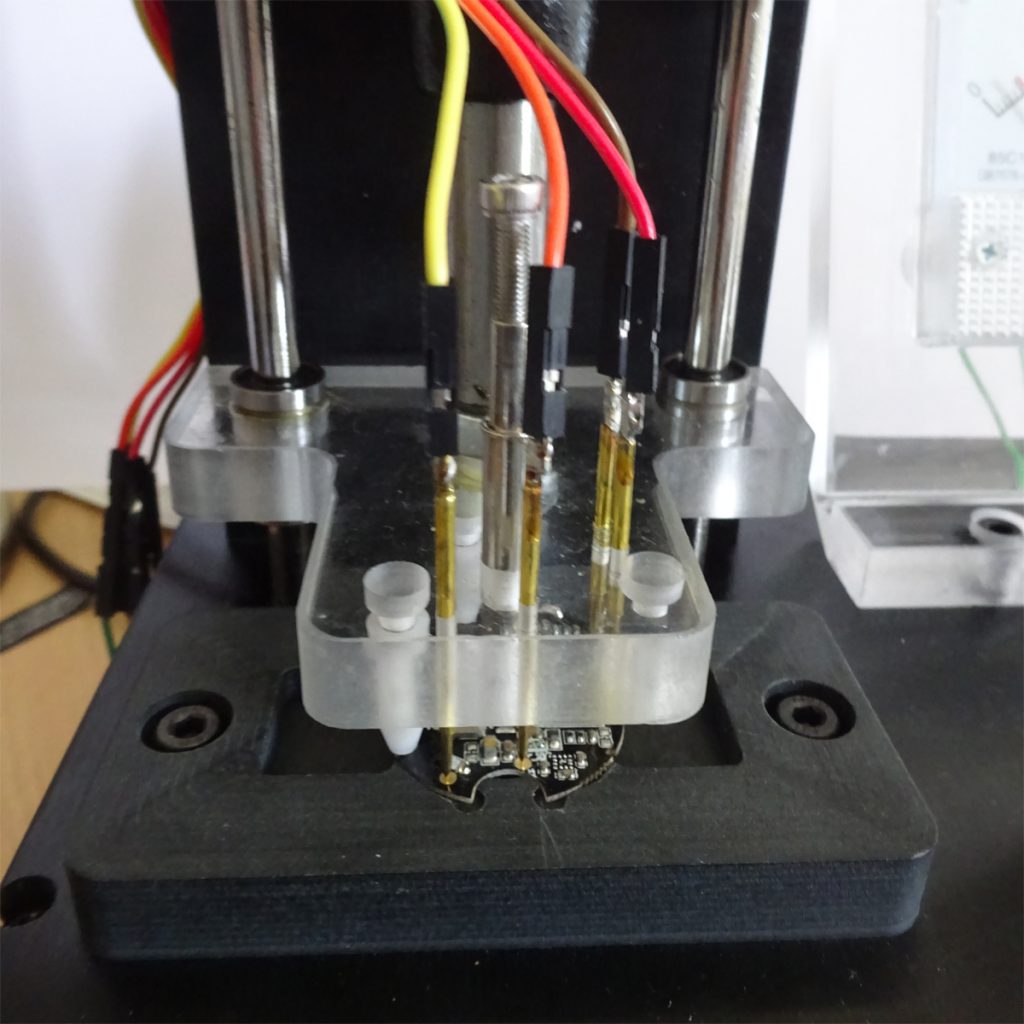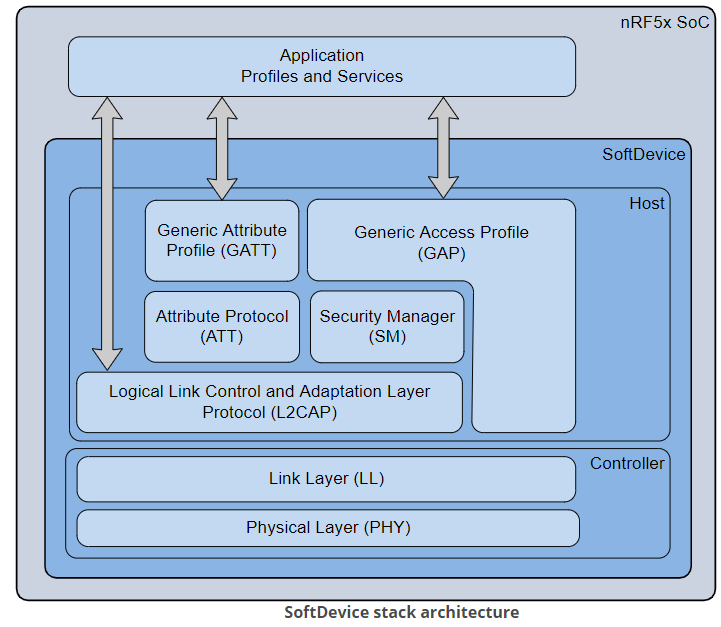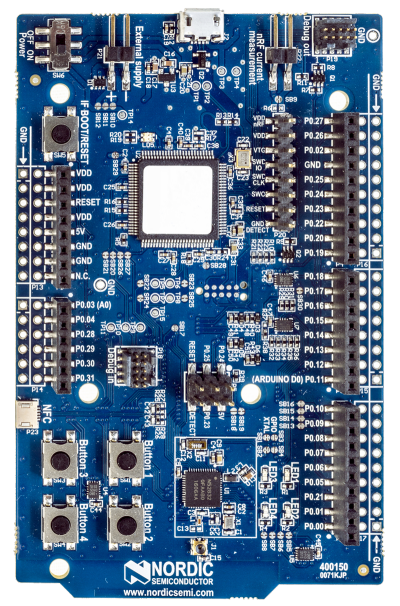Beacons are small computers that run software, more specifically firmware. Beacon manufacturers write the firmware that uses Bluetooth software libraries to send out iBeacon, Eddystone and/or sensor data advertising.
When a beacon supports over-the-air (OTA) update, it allows that firmware to be updated without physically connecting to the beacon with wires. A smartphone app, such as the manufacturers’ app or the generic Nordic nRF Toolbox is used to connect to the beacon via Bluetooth and update the firmware.
In practice, manufacturers never update their firmware so whether a beacon supports OTA update or not isn’t usually an issue.
A further use of OTA is the facilitation of custom firmware when the standard firmware needs to be updated to provide for specially required functionality. This is non-trivial and ideally needs to be performed by the original manufacturer because they have the original source code. We have arranged this for a few customers but it tends to only be financially viable for large orders.

It’s also possible to completely replace the software in some beacons, something we provide via custom solutions and used in our social distancing and mesh solutions. In these cases, OTA tends to be too slow so wired programming jigs are sometimes used instead.

